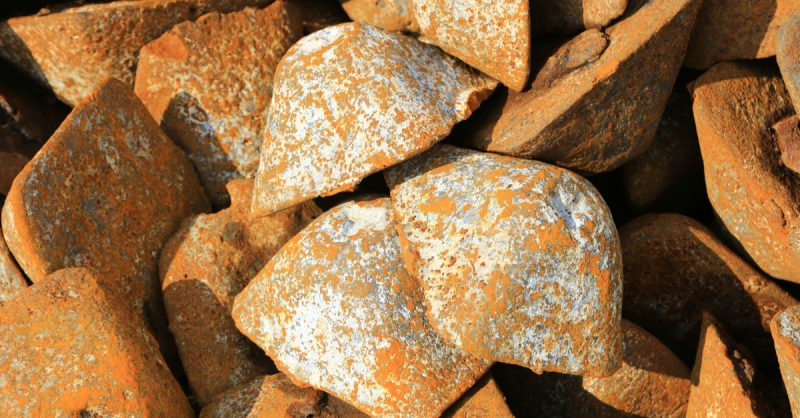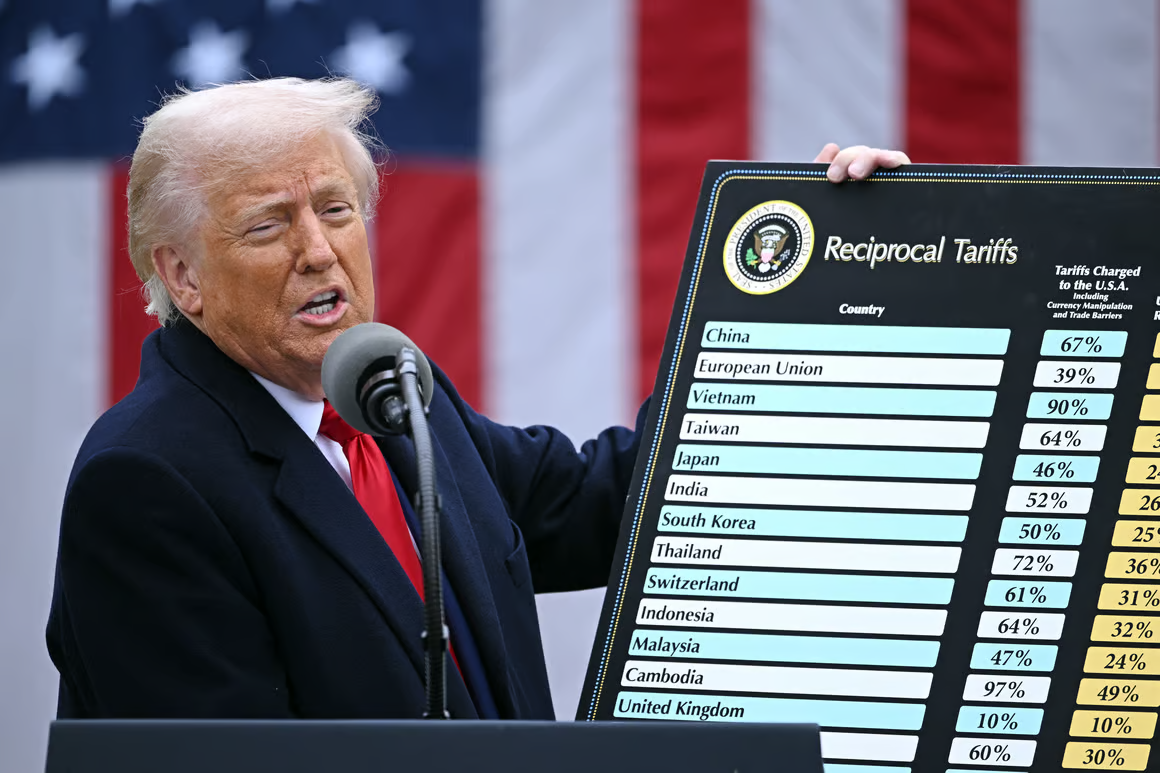
EU Nears Russian Pig Iron Import Limit as Quota Almost Fully Used
European companies imported nearly 697 thousand tons of Russian pig iron during Q1 2025. This amount almost maxes out the 700 thousand ton quota set by the European Commission. Despite sanctions, imports surged 3.5 times year-on-year, showing a strong demand for Russian pig iron within the EU market. The largest importers included Italy, Latvia, and Belgium, with Italy alone importing over 524 thousand tons—a 3.8 times increase year-on-year.
The European Union’s phased restrictions aim to reduce pig iron imports from Russia gradually. The quota dropped from 1.14 million tons in 2024 to 700 thousand tons in 2025, with a full ban planned for 2026. However, Russian producers are exploring alternative routes to keep exports flowing, using third countries and intermediaries to bypass restrictions. This circumvention strategy complicates enforcement and undermines sanctions.
Impact of Russian Pig Iron Quotas on EU and Global Markets
The rapid exhaustion of the EU’s pig iron quota signals shifting supply chains and trade dynamics. Russian steelmakers earned €245.4 million from EU pig iron sales in Q1 2025—more than triple the previous year’s revenue. Analysts warn that once the quota is used up, Russian suppliers may target Turkey more aggressively, potentially pushing pig iron prices down in regional markets. Other suppliers in the EU, including Ukraine, might fill the supply gap.
Meanwhile, Russian pig iron production remains steady, with 20.09 million tons produced in the first four months of 2025. China and India continue to dominate global pig iron output, producing 288.8 million and 50.7 million tons respectively. Despite Western sanctions, Russia maintains a strong position as a top global producer.
SuperMetalPrice Commentary:
The near exhaustion of Russia’s pig iron quota in the EU within just three months reveals the challenges in sanction enforcement. While the EU aims to restrict Russian raw materials, market realities show that alternative trading routes and intermediaries dilute the impact of restrictions. As supply chains adapt, European steelmakers and policymakers must prepare for evolving dynamics, including increased competition from Turkey and Ukraine.
This situation also highlights the resilience of Russian pig iron exports amid geopolitical tensions and economic sanctions. Monitoring these flows closely will be essential for predicting commodity pricing and supply security in the metals market. The upcoming full ban in 2026 will be a critical test of the EU’s ability to control these strategic imports.











Leave a Reply
You must be logged in to post a comment.